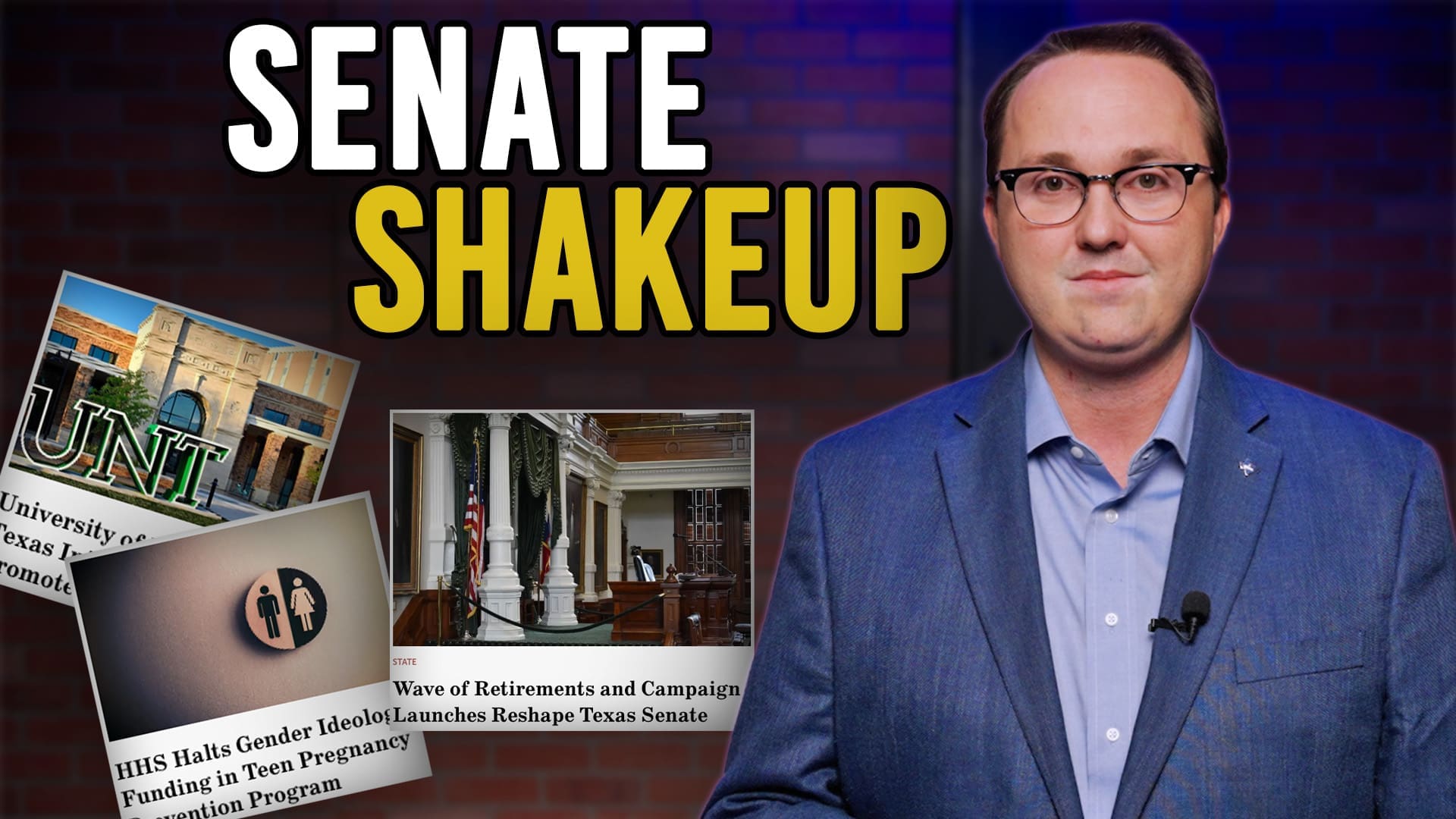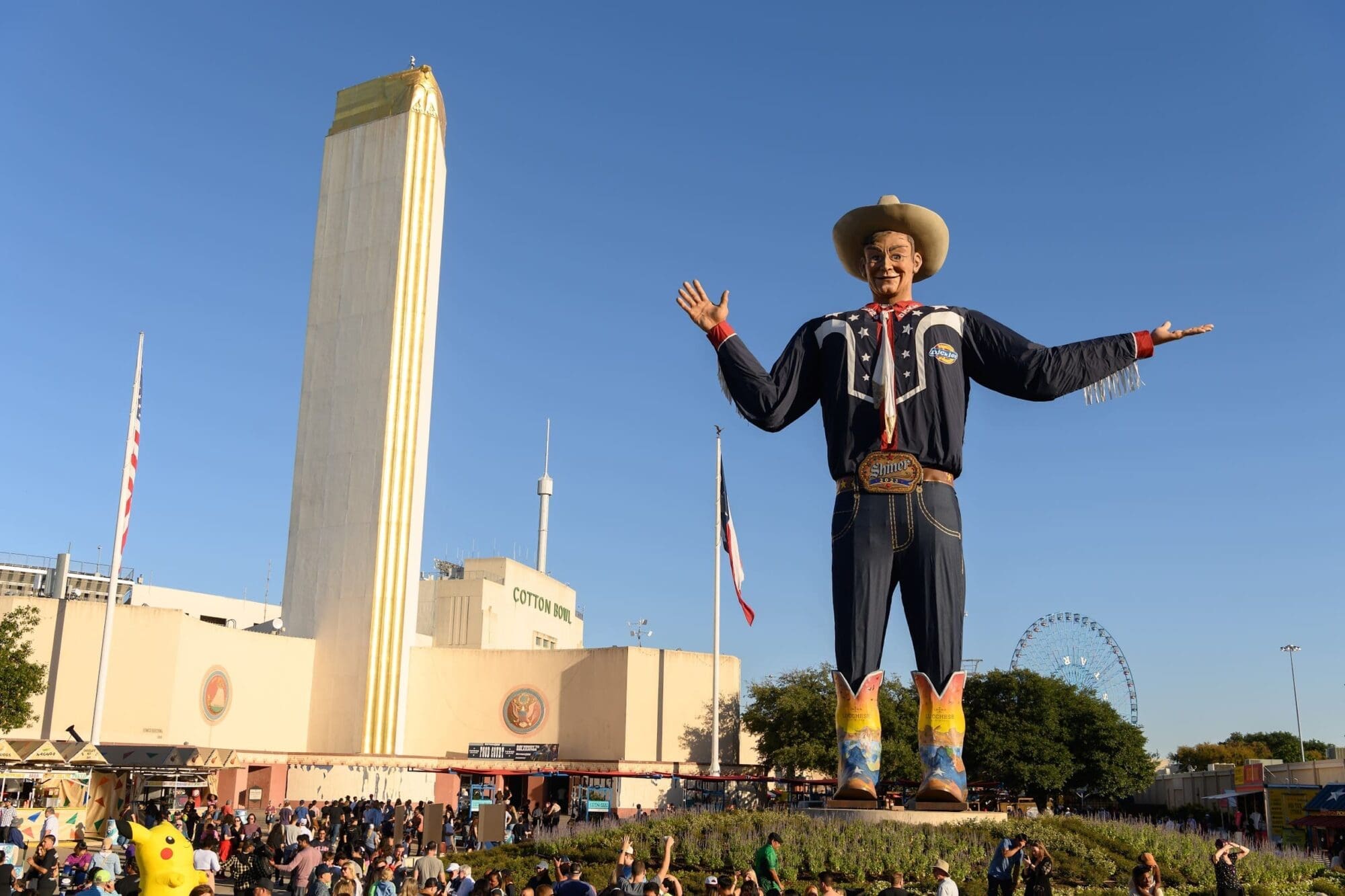Last week, Forbes published a scathing rebuke of rail-transit systems for their waste, inefficiency, and ineffectiveness — pointing to Austin’s MetroRail as, “perhaps America’s leading rail transit failure.”
In the piece, aptly titled, “Austin’s Commuter Rail Is A Monument To Government Waste,” author Scott Beyer describes his experience using MetroRail, calling it a, “train to nowhere,” and deriding the system for an abject lack of ridership:
“Outside of morning and evening rush hour, they were either empty or almost empty of passengers, and were divorced from any of the city’s major job and population centers. The further north along the line I rode, the more obvious it became that this really was a train to nowhere–32 miles of expensive and dated rail infrastructure that had little to no passengers or surrounding development.”
Of course, this conflicts with the rhetoric spewed by pro-rail advocates, who offer sunny projections far removed from reality. And since rail is such an unpopular option for commuters, taxpayers end up on the hook for maintenance, upfront costs, and interest rates for these massive projects.
In fact, Texas passenger rail lines suffer some of the highest operating losses per passenger — and because it’s publicly financed, that means Texas taxpayers are on the hook for these boondoggles.
Crunching the numbers for Austin’s commuter line, Beyer estimates that the per-rider taxpayer subsidization is around $23 dollars — compared to municipal bus systems, which typically are subsidized at a rate of around $3.
We’ve mentioned some of the discrepancies between reality and the glossy literature published by pro-rail advocates and developers before. These systems are often touted as a magical remedy to traffic congestion — particularly here in Austin, where an especially dire situation may give that argument some salience. However, the truth is these programs are wastefully expensive, derelict, and actually add to congestion. Since many of the routes require the dedication of existing roadways, they contribute to already-congested city streets for the majority of commuters who choose to drive themselves. Compare that with buses, which require no additional infrastructure and minimal maintenance cost, and one has to wonder why this ‘solution’ is even being proposed.
It’s almost as though some well-connected developers and politicians looking for a pet-project to attach their name to are looking for a taxpayer-funded solution to scratch each others’ backs.
Even in Texas’ most conservative county, residents find themselves at odds with local officials and interests pushing TexRail: another wasteful rail line project. Both Austin and San Antonio taxpayers will see these same interests pursue lucrative projects at their expense in the future. Voters would do well to reject these proposals, and the politicians who advance them, at every turn.




